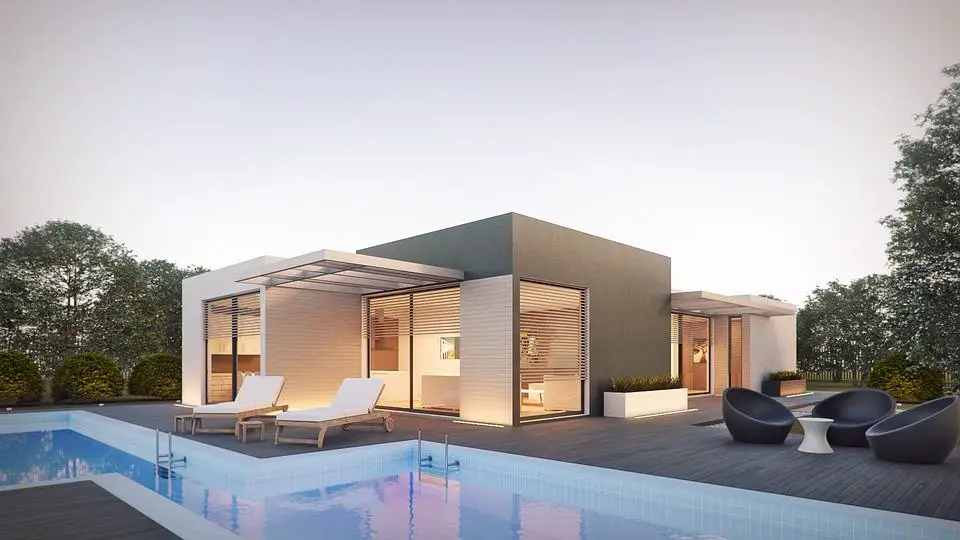A 3D walkthrough is an act of taking a simulated tour of any system from anywhere at any time using internet connectivity. Each 3D rendering firm wants something far more exciting than drawings and diagrams to capture the hearts and minds of serious clients during a presentation. Schematics are useful for displaying technical elements of a mission, but they have no means of addressing the audience’s feelings or creativity. Emotions are important because people make choices based on emotions as well as logic. Even in seemingly clinical choices like investing and purchasing a house, emotions are always more important than reasoning. This suggests that when pitching partners or prospective customers on a proposal, there is a desire for something that can pique their interest.
Challenges Faced by Architects
Architectural firms are facing many threats from rivals as real estate architectural visualization evolves, both in terms of architecture and marketing. With pricing disparities, the world is shifting, and consumers are becoming more mindful of the need for businesses to bring in more work for future buyers.
How Can 3D Rendering Services Help?
Architects will use 3D rendering services to display background elements of a building that has yet to be designed. A remodeled kitchen, a playground, a gym, a pool, and other facilities could be included. These are the kinds of photos that make you want to buy a house or think engaging in a project like this is a smart idea. A car park or even cars moving into the driveway can be seen in walkthrough animation rendered by a 3D firm. Such specifics aid the architect in portraying the house as a real-life residence rather than just a concept.
An architect may use a 3D walkthrough animation to display property in a way that is difficult to do using any other method. Editing is the primary explanation for this. The performance is impressive and complex because of the rapid yet well-calculated transitions between scenes. The architect will display a close-up shot of the building followed by an aerial view in rapid succession.
It also helps that most 3D walkthrough animation applications allow for sound to be used in the video editing process. Background music can be used to improve the travel experience, while the voiceover can clarify some elements of the house.
The most powerful presentation is one that causes viewers to ponder and discuss it well after it has concluded. An architect should use a 3D rendering to come up with an innovative way to pitch an idea. Audience members will take backups of the video with them when they exit the show or gain access to online servers where they can archive it at any time. It helps them to analyze the animation to understand better any facets of the structure for which they need additional details. They will relive the feelings they felt during the presentation by getting the option to re-watch a 3D walkthrough animation at any time. This could be enough to sway the clients’ decision to approve the project.
People looking to invest in commercial properties, on the other hand, might be curious about the facilities around the site. Developers will be able to hear about the project’s extra advantages and how to sell it in the future.
A 3D walkthrough animation depicts the structure in various settings. When handled right, it shows the advantages of real estate in all seasons. After all, the audience’s view of the exterior is affected by the atmosphere and time of day. Consider a house on a bright summer day with a flowering garden in front of it, as well as a warm home on a snowy evening with windows that light up in the dark. Changing the view of the house from day to night will demonstrate how natural and artificial lighting affects the structure. Showing the house in various seasons, on the other hand, shows the property’s potential for a variety of ambiances.
To Sum Up
A 3D walkthrough animation places the viewer in the sense of a potential building and clarifies an idea. It takes the audience on a virtual tour of the project, improving the overall experience. Furthermore, 3D walkthrough animation elicits feelings and allows investors to see the building as it would be after it is completed.

